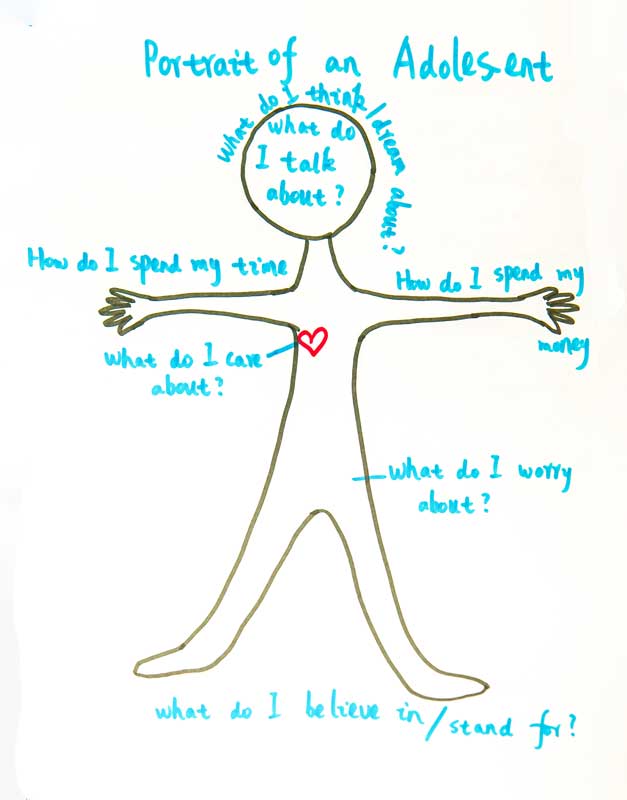Middle School Years
Developmental Characteristics of Young Adolescents
Other than in infancy, between the ages of 10 to 15 years we experience more rapid and profound personal changes than at any other time of our lives. Within this age we see tremendous variability among youth of the same gender and chronological age. No two adolescents enter puberty at the same time and dissimilar rates of growth are common in all areas of development – intellectual, physical, social, emotional and moral. These developmental processes, though natural and necessary, present challenges not only for our youth, but for their parents, teachers and others entrusted to ensure the healthy development of the whole child. As all areas of development are intertwined and greatly affect each other, academic success is highly dependent upon the students’ other developmental needs being met.
“No other age level is of more importance to the future of individuals, and, literally, to that of society, than adolescence; because these are the years when youngsters crystallize their beliefs about themselves and firm up their self concepts, their philosophies of life and their values – the things that are the ultimate determinants of their behaviours.”
-Lounsbury, J. H. 2007. Understanding and Appreciating the Wonder Years. NMSA.org.

Intellectual Development
- Transition period from concrete to abstract thinking
- Intense curiosity and wide range of interests
- Preference for active learning
- Preference for learning through interacting with peers
- Learning is enhanced from participating in “real life” situations
- Preoccupation with self
- Development of understanding of higher levels of humor
Moral Development
- Often idealistic
- Transition from focusing on “what is right for me” to “what is right for others”
- Often show compassion for the downtrodden
- Transition from acceptance of adult morals to developing personal morals
- Increasingly concerned with inconsistencies between values exhibited by adults and the conditions they see in society
Physical Development
- Experience rapid, irregular physical growth
- Undergo bodily changes that may cause uncoordinated movements
- Mature at varying rates (girls tend to mature 6 months to 2 years earlier than boys)
- Experience restlessness and fatigue
- Develop greater sexual awareness
- Become concerned with bodily changes
- Become physically vulnerable to adopting poor health habits
Emotional/Psychological Development
- Experience mood swings
- Need to release energy
- Seek increasing independence
- Become increasingly concerned about peer acceptance
- Feel self-conscious and highly sensitive to criticism
- Feel alone in their personal problems
- Are psychologically vulnerable as they encounter many differences between themselves and others
- Experience increased emotional intensity
Social Development
- Experience strong need to be part of a group
- Focus on search for self
- May model behavior after esteemed students or non-parent adults
- Display social skills that lag behind their mental/physical maturity
- Experiment with new slang and behaviors
- Often overreact to embarrassment
- Are socially vulnerable as they develop their beliefs and attitudes and are strongly influenced by peers and media
